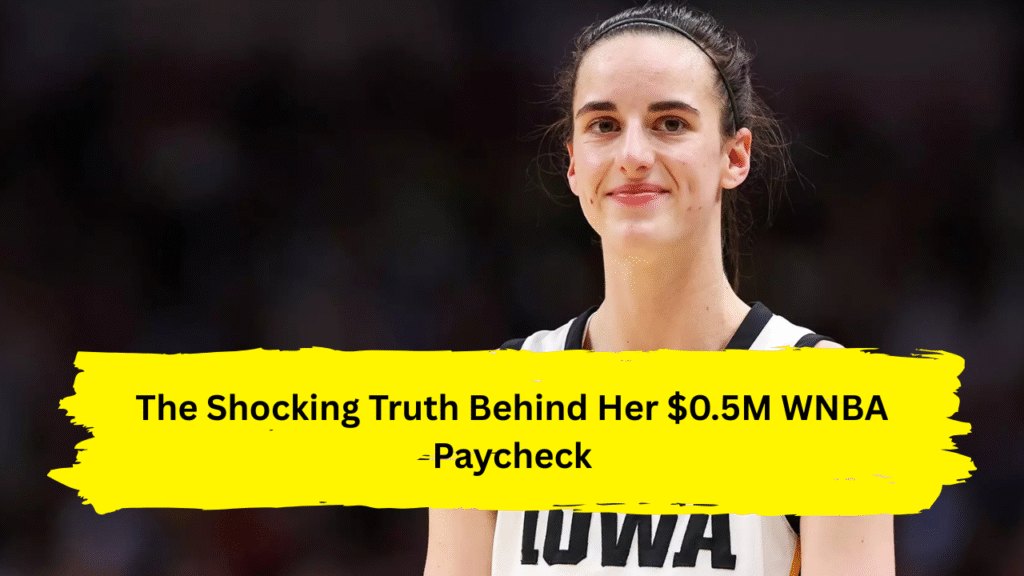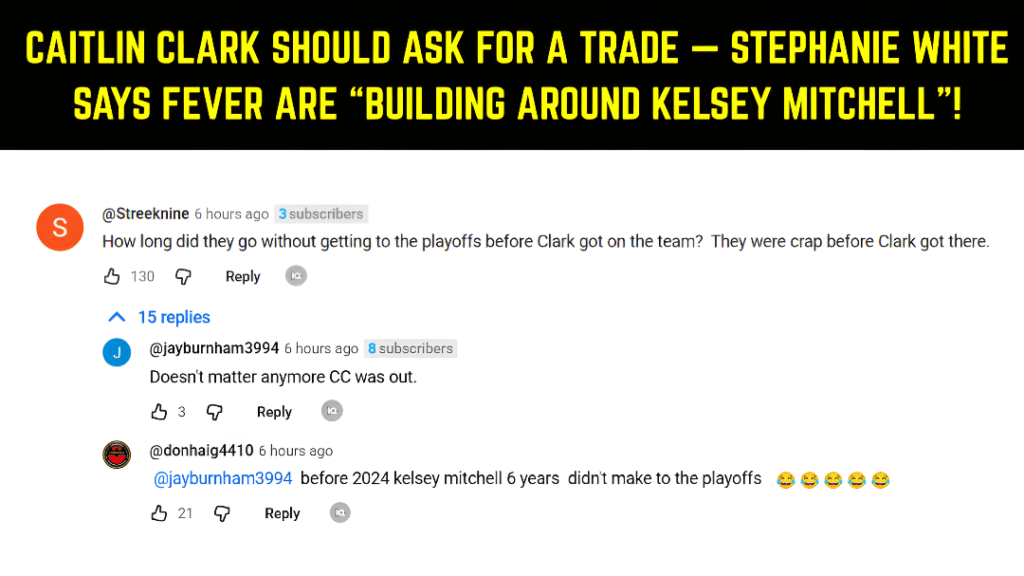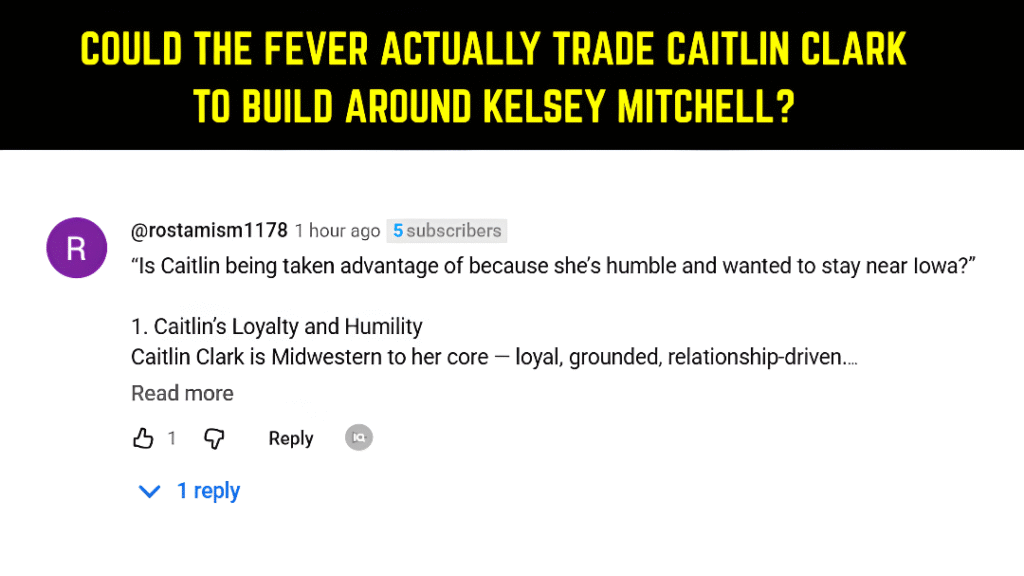Caitlin Clark’s $76,535 WNBA salary isn’t just a pay gap—it’s a financial earthquake exposing systemic inequities in professional sports. As the Indiana Fever rookie shattered attendance records and drove 300% higher TV viewership, her league paycheck amounted to less than 1% of her total $11.1 million 2024 earnings. While endorsement deals with Nike, Gatorade, and State Farm made her the 10th highest-paid female athlete globally, her WNBA compensation highlights a harsh reality: the players generating the league’s explosive growth aren’t seeing its financial rewards .
The outcry over Clark’s salary isn’t about one phenom’s paycheck. It’s about a collective bargaining system where WNBA stars earn 26 times less than NBA rookiers despite driving comparable cultural momentum. When Atlanta Hawks pick Zaccharie Risacher signed a $57 million NBA deal, Clark’s four-year Fever contract locked in at $338,056—a disparity fueling player revolts and a landmark CBA opt-out that could redefine women’s sports economics forever .
The $76,535 Reality: Breaking Down Clark’s Compensation
Clark’s base salary as 2024’s No. 1 draft pick was $76,535—roughly what the average U.S. pharmacist earns every month. Even with bonuses for All-WNBA First Team ($10,300) and Rookie of the Year ($5,150), her on-court earnings barely crossed $100,000. League commissioner Cathy Engelbert controversially suggested Clark could approach “$500,000” with additional marketing agreements, but those funds remain largely theoretical and inaccessible to rookies .
The WNBA’s compensation structure includes potential extras like:
- Player Marketing Agreements (PMA): Up to $250,000 for brand ambassadorship (rookies like Clark are ineligible until 2025)
- Team Marketing Agreements (TMA): Max $4,000 weekly during select periods
- Performance bonuses: $30,000 for Commissioner’s Cup wins, $20,825 for championships
Yet even if Clark maxed every incentive, her total WNBA earnings would still trail NBA rookie minimums by 90%.
Endorsement Empire: How Clark Earns 99% Off the Court
While her WNBA salary drew outrage, Clark’s off-court revenue became a masterclass in athlete branding. Her eight-year, $28 million Nike deal—signed before her WNBA debut—dwarfs her entire Fever contract. Combined with partnerships from Gainbridge to Panini, her $11 million endorsement portfolio demonstrates her market value far exceeds what the league currently allows teams to pay .
This isn’t unique to Clark. Gymnast Simone Biles earns 99% of her income off the mat, while skier Eileen Gu derives just 0.3% of her $22.1 million from competitions. But Clark’s situation underscores a painful irony: her celebrity is revitalizing the WNBA, yet its rigid pay structure prevents her from directly sharing in that growth. Economists call this an “uncompensated spillover”—where her cultural impact enriches the league more than herself .
The Clark Effect: $36M Economic Impact vs. 0.5% Salary Share
The chasm between Clark’s salary and her economic value isn’t just noticeable—it’s quantifiable. According to Indiana University economist Dr. Ryan Brewer:
- Clark drove 26.5% of the WNBA’s total 2024 economic activity
- Fever games accounted for 45% of the league’s broadcast value
- Her presence spiked road-game attendance by 87%
- League merchandise sales grew 500%, led by Clark and Angel Reese jerseys
When Clark played, 1.2 million viewers tuned in—a 199% increase over non-Clark games. The Fever became the first team to surpass 300,000 total attendees, injecting $36 million into Indianapolis’ economy alone. Yet her salary represented less than 0.5% of the $200 million league revenue she helped generate .
Gender, Race, and Revenue: The Systems Keeping Salaries Low
The WNBA’s pay structure isn’t solely a market outcome—it’s shaped by decades of gendered investment gaps. Consider:
- The NBA celebrated its 80th anniversary in 2025; the WNBA just finished its 28th season
- NBA media rights fetch $76 billion; the WNBA’s new $200M deal is a fraction of that
- NBA players get 50% of basketball-related income; WNBA players receive just 9.3%
This disparity intersects with race. As Georgia Tech professor Mary McDonald notes, “Black women make only 64 cents versus white men’s dollar”—a gap magnified in the WNBA, where 80% of players are Black. Underinvestment becomes self-perpetuating: lower marketing budgets → fewer household names → smaller audiences → “proof” women’s sports aren’t “valuable” .
The $500,000 Question: Will the 2025 CBA Revolutionize WNBA Pay?
Hope hinges on the WNBA players’ association opting out of its labor deal immediately after the 2024 Finals. Their demand? A revenue-sharing model mirroring the NBA’s 50-50 split. If implemented, average salaries could jump to $500,000+ by 2026 .
Clark’s superstardom has shifted leverage toward players. As league revenues surge from:
- A new $200M/year media deal (up from $65M)
- Expansion teams in Golden State, Toronto, and Philadelphia
-
Corporate sponsorships from Google, Nike, and Coca-Cola
…players argue their 10% share is indefensible. “Opting out isn’t just about bigger paychecks,” said union president Nneka Ogwumike. “It’s about claiming our rightful share of the business we’ve built” .
The Endorsement Lifeline: Why Corporate Dollars Aren’t Enough
Some dismiss salary concerns by pointing to Clark’s $11 million off-court earnings. But this ignores crucial realities:
- Access inequality: Only 1% of WNBA players have Clark’s endorsement portfolio
- Physical toll: Many players supplement salaries overseas, risking injury and burnout
- Systemic fairness: Should leagues rely on sponsors to compensate for their own pay gaps?
As economist Alan Marco notes, endorsements and salaries are “not perfect substitutes.” One rewards marketability; the other reflects institutional value. The fact Clark needs corporate deals to earn her worth underscores the system’s failure—not its flexibility .
The Path Forward: How Clark’s Legacy Could Redefine Value
Clark’s salary isn’t just a line item—it’s a catalyst. Her ability to outdraw the NBA Finals in college, spike WNBA viewership by 300%, and sell out arenas proves women’s sports isn’t a “niche” product. It’s a undervalued asset .
The 2025 CBA negotiations will test whether the league capitalizes on this momentum. If players secure:
- 50% revenue sharing
- Enhanced marketing pools
-
Better travel and working conditions
…Clark’s $76,535 salary could become a relic. As Professor McDonald states, “Clark’s celebrity has generated new public interest in the pay of WNBA players”—and that attention is the first step toward equity .
Conclusion: Beyond the Caitlin Clark Salary Paradox
Caitlin Clark’s salary lays bare a truth the sports world can no longer ignore: We pay women not based on their impact, but on outdated perceptions of their value. Her $76,535 base pay isn’t an “entry-level wage”—it’s a symbol of systemic undervaluation. Yet in driving record revenues, shattering viewership records, and forcing a league-wide reckoning, Clark has done more than electrify basketball. She’s exposed the machinery of inequity—and given us the tools to dismantle it. The question isn’t why her salary is so low. It’s whether we’ll finally correct the scoreboard.
FAQ: Caitlin Clark Salary
Q1: What is Caitlin Clark’s exact WNBA salary?
A: Her 2024 base pay was $76,535, with bonuses pushing it to ~$100,000. She’ll earn $78,066 in 2025 .
Q2: How much does Caitlin Clark earn in total?
A: She earned $11.1 million in 2024—$11 million from endorsements and $100,000 from basketball .
Q3: Why is Clark’s salary lower than NBA rookies?
A: NBA revenue is 50x higher ($10B vs. $200M), and NBA players get 50% of revenue vs. the WNBA’s 10% .
Q4: Could Clark’s salary increase soon?
A: Yes. WNBA players opted out of their labor deal and are demanding 50% revenue sharing in 2025 negotiations, which could raise average salaries to $500,000+ .
Q5: Do other WNBA stars face similar pay gaps?
A: Yes. League MVP A’ja Wilson earns $252,450—0.5% of Steph Curry’s $55.8M NBA salary .
Also Read: Latest Trending News


